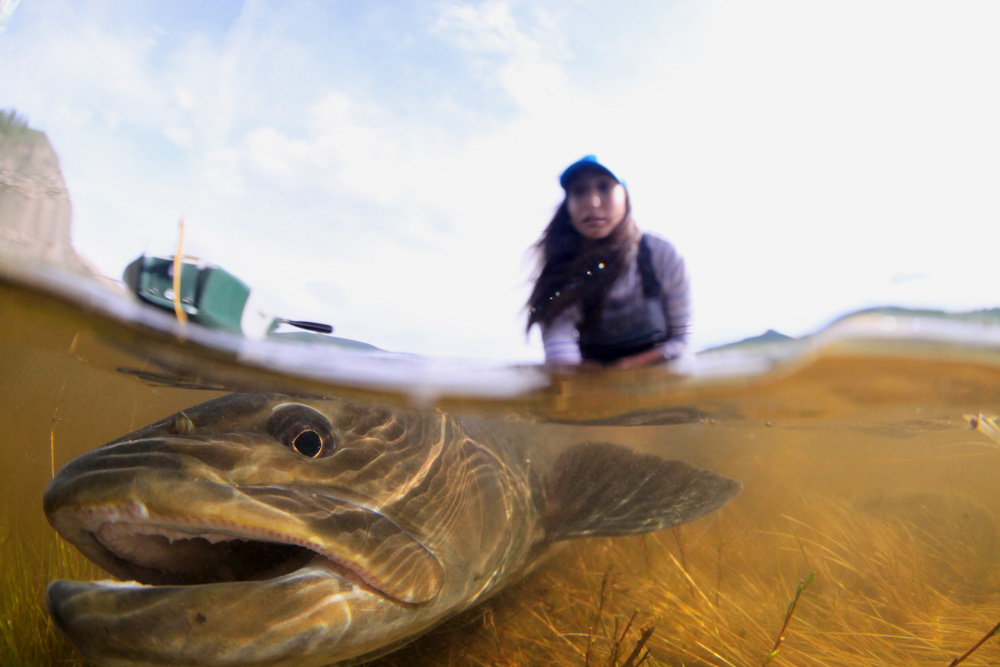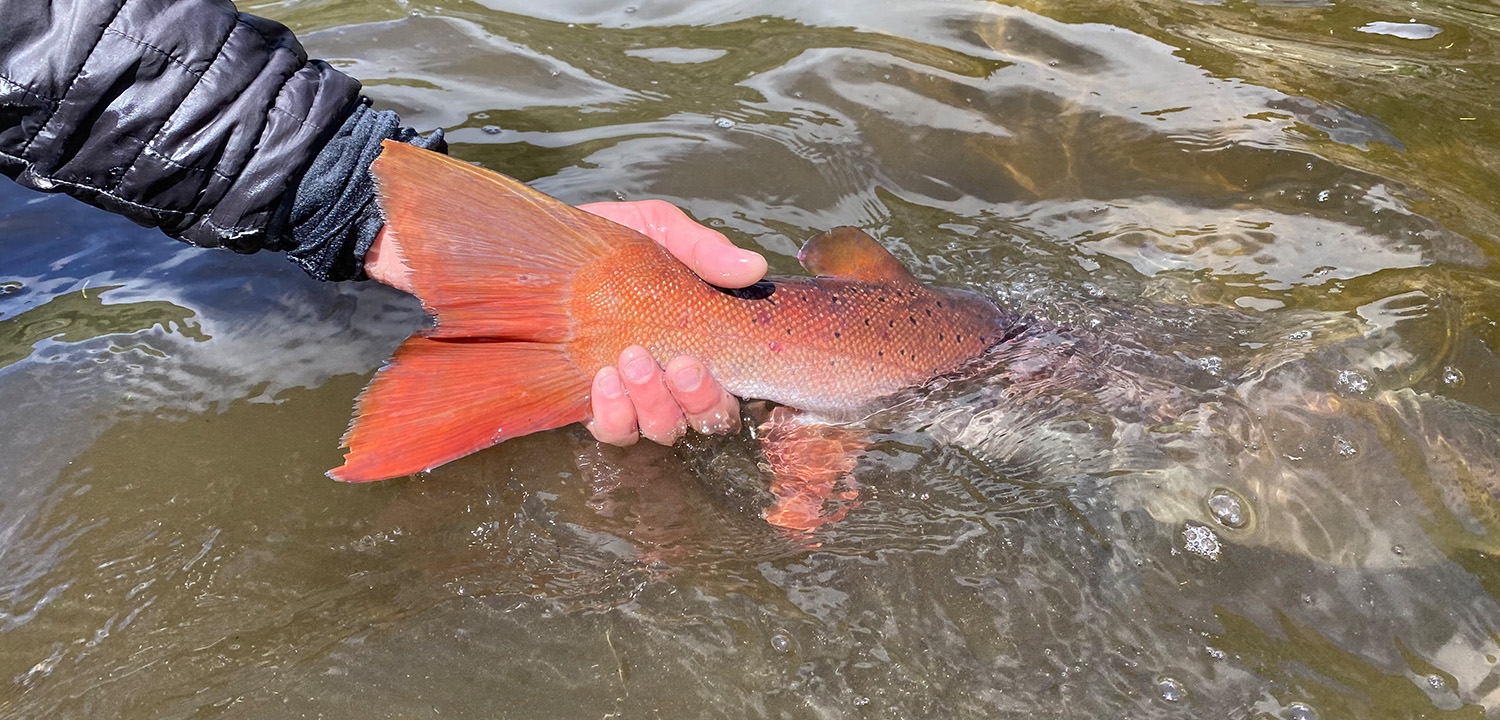From Oregon’s North Coast to Mongolia, our thermal detectives are knee-deep in rivers, searching out cold spots. What they’re finding is both sobering and hopeful.
TAKING A RIVER’S TEMPERATURE
In the Siletz watershed of Oregon’s North Coast, most coho spend their first year or so of life tucked away in small tributaries.
For vulnerable young salmon, these high streams are quite literally more chill than the Siletz mainstem—particularly during low summer flows. But some young coho, apparently, like adventure.
“We call them nomads,” says Cyndi Curtis, Wild Salmon Center’s Nehalem-based North Coast Manager. “These are juveniles who move out of their natal streams pretty early on, and rear instead in the mainstem or even further down in the estuary.”
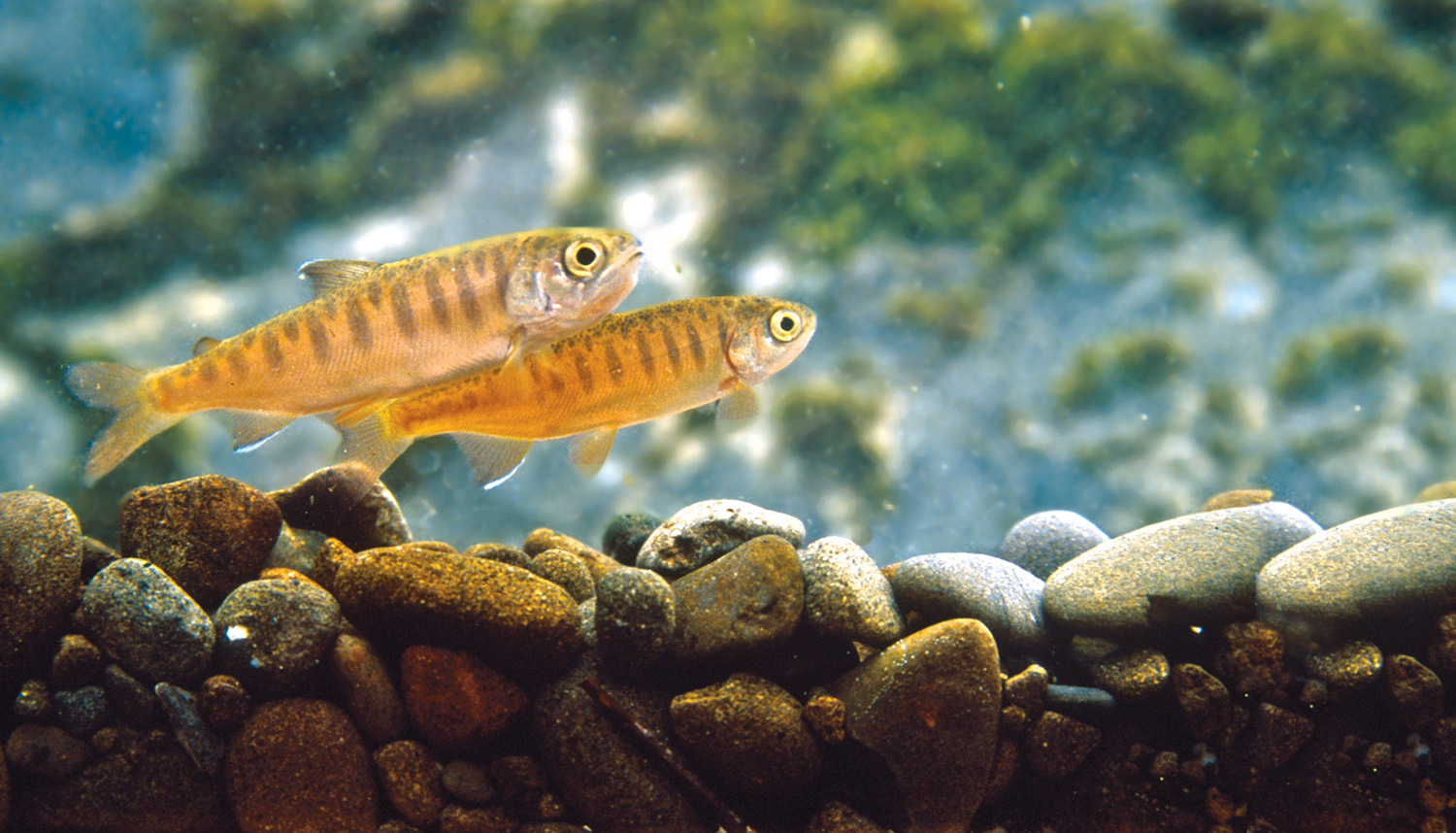
The nomads, she says, are a great example of the many life paths that salmon make. Diverse life histories are a big part of what makes salmon so adaptable. But regardless of the life history path that a salmon chooses, one need remains constant: cold water. The nomads, for example, will have greater success if they can nose into cold water pockets as they travel downriver: high-oxygen refugia where they can breathe easier, and find food and safety.
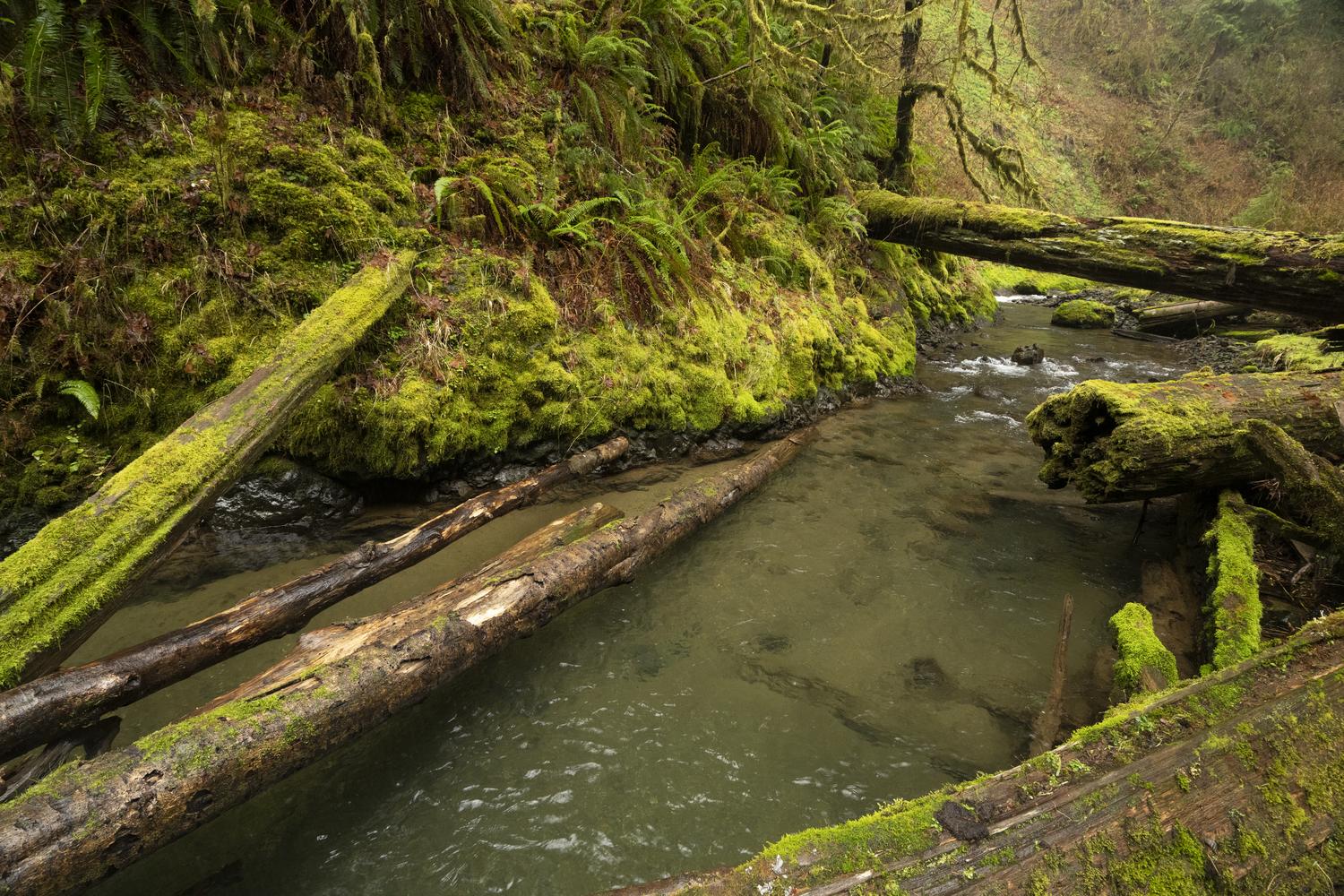
In rivers across the North Pacific, salmon are skilled at locating cold water, both as juveniles and as returning adults. But while humans closely monitor the air temperatures that so impact our daily lives, these data sets are often difficult to find for rivers.
“We have the tools and tech to get this data, and it can be pretty inexpensive,” Curtis says. “The bigger investments we have to make are in time, patience, and creativity. Without that commitment, we won’t be able to see these rivers like salmon can.”
Curtis wants to know the overall temperature trends of rivers like the Siletz, particularly given heightened drought and heat across the Northwest. But she’s also hunting for those secret cold spots: pools, seeps, and upwellings key to salmon’s ability to weather volatile conditions. Protecting high-value salmon habitat is a cornerstone of our stronghold strategy. And that’s why finding and prioritizing these cold water refuges is a growing priority for WSC and our partners.
“We have the tools and tech to get this data. The bigger investments are in time, patience, and creativity. Without that, we won’t be able to see these rivers like salmon can.”
WSC Oregon North Coast Manager Cyndi Curtis
“We know that water draws, clear-cutting, and extreme drought are reducing both stream flows and the groundwater table that feeds Oregon’s coastal rivers,” Curtis says. “Imagine what we could do if we knew where salmon find cold water. We could provide shade cover, deepen pools, and enhance the exact places fish use to survive in the summer.”

All it takes for an initial longitudinal survey of a river, Curtis says, is a few kayaks trailing temperature loggers. That’s exactly what Curtis and two partners did over a few August days this summer. This field work is, as Curtis says, an investment; hot and logistically tricky. Extreme low flows meant the team portaged frequently, and completed fewer river miles than Curtis would have liked.
But it’s enough to create a temperature snapshot of a critical stretch of the Siletz mainstem: data that can inform a strategic action plan for coho recovery across the watershed with our partners in the Coast Coho Partnership. Going forward, Curtis said, temperature data like this will be key to our coho recovery work across Oregon.
“River temperature data shows us where habitat restoration can be truly effective for salmon in a warming world,” Curtis says. “It’s extra legwork, sure. But we’re starting to fill in these data gaps, and scaling in really cool ways. Like in the Olympic Peninsula.”
“Imagine what we could do if we knew where salmon find cold water. We could provide shade cover, deepen pools, and enhance the exact places fish use to survive in the summer.”
WSC Oregon North Coast Manager Cyndi Curtis
HIGH-TECH, LOW-TECH, ROCKS AND CINDER BLOCKS
Before Curtis’s hot August float on the Siletz, she sought out advice—and borrowed a handheld temperature logger—from Nicole Rasmussen. Rasmussen is one of two WSC Fish Habitat Specialists based in Forks, in the Quillayute River drainage of Washington’s remote, salmon-rich Olympic Peninsula.
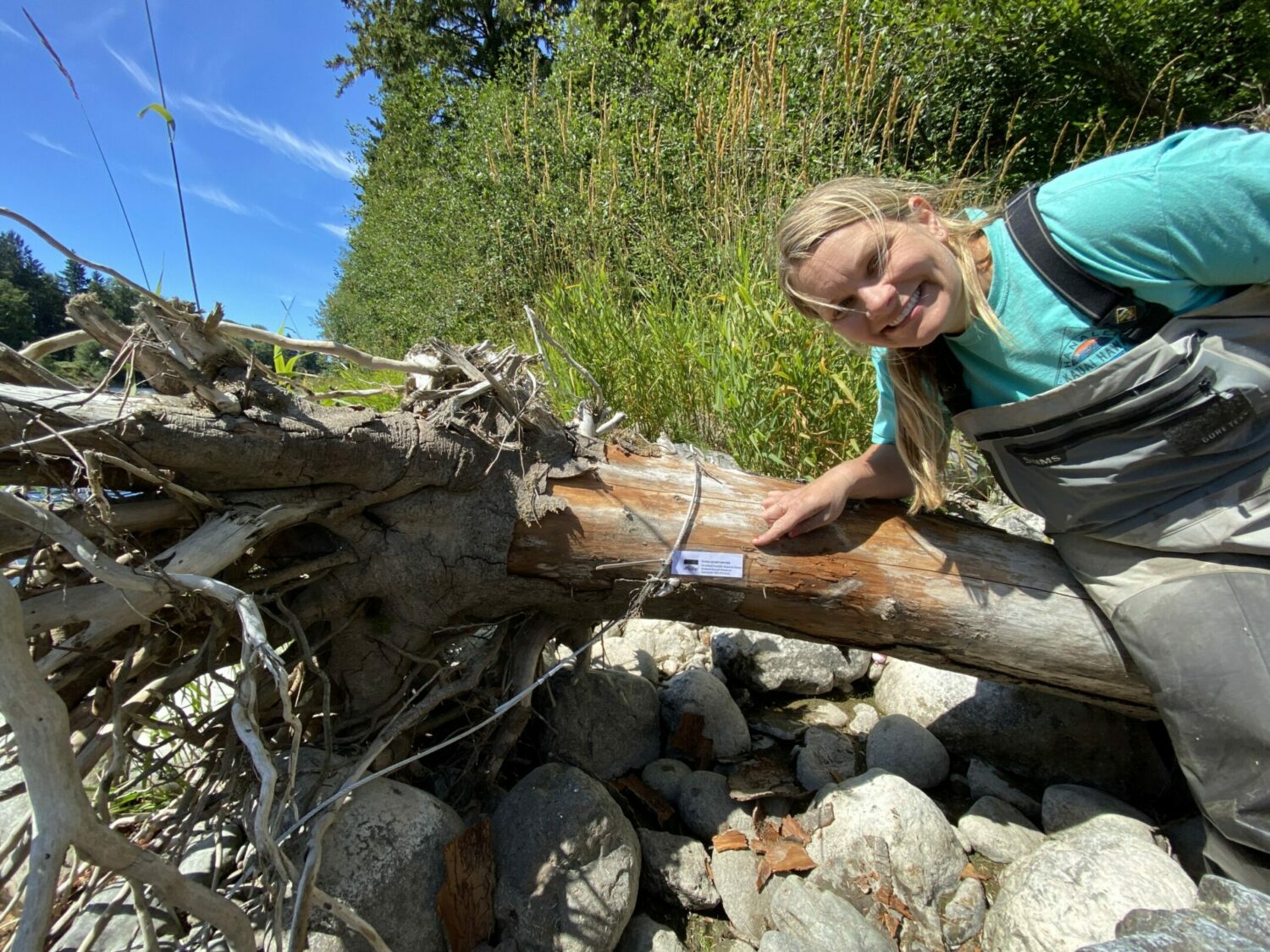
In 2021, Rasmussen helped launch an innovative temperature monitoring project on the Quillayute River on behalf of her former employer, the Quileute Tribe. Now, with WSC, she’s continuing this work as a conservation partner. Her insights are helping partners at WSC and beyond to adapt this work for vastly different geographies.
On the Quillayute, like Curtis on the Siletz, Rasmussen’s team captured annual snapshots of the river at its hottest. But they also installed dozens of fixed sensors at different depths in the riverbanks and thalweg (the deepest part of the river). Combined, these different data points enabled the team to generate a seasonal thermal picture of the river across two years.
“We’re finding where the cold water is coming in, and also whether that cold water source seems to be reliable,” Rasmussen says. “That’s important because if we can confirm that a seep is active year-round, we can be even more confident of a payoff for fish if we deepen and protect that pool.”
For Tribes and conservation partners like WSC, long-term river temperature data makes restoration work that much more effective. It’s also more logistically complex to get.
“If we can confirm that a seep is active year-round, we can be even more confident of a payoff for fish if we deepen and protect that pool.”
WSC Fish Habitat Specialist Nicole Rasmussen
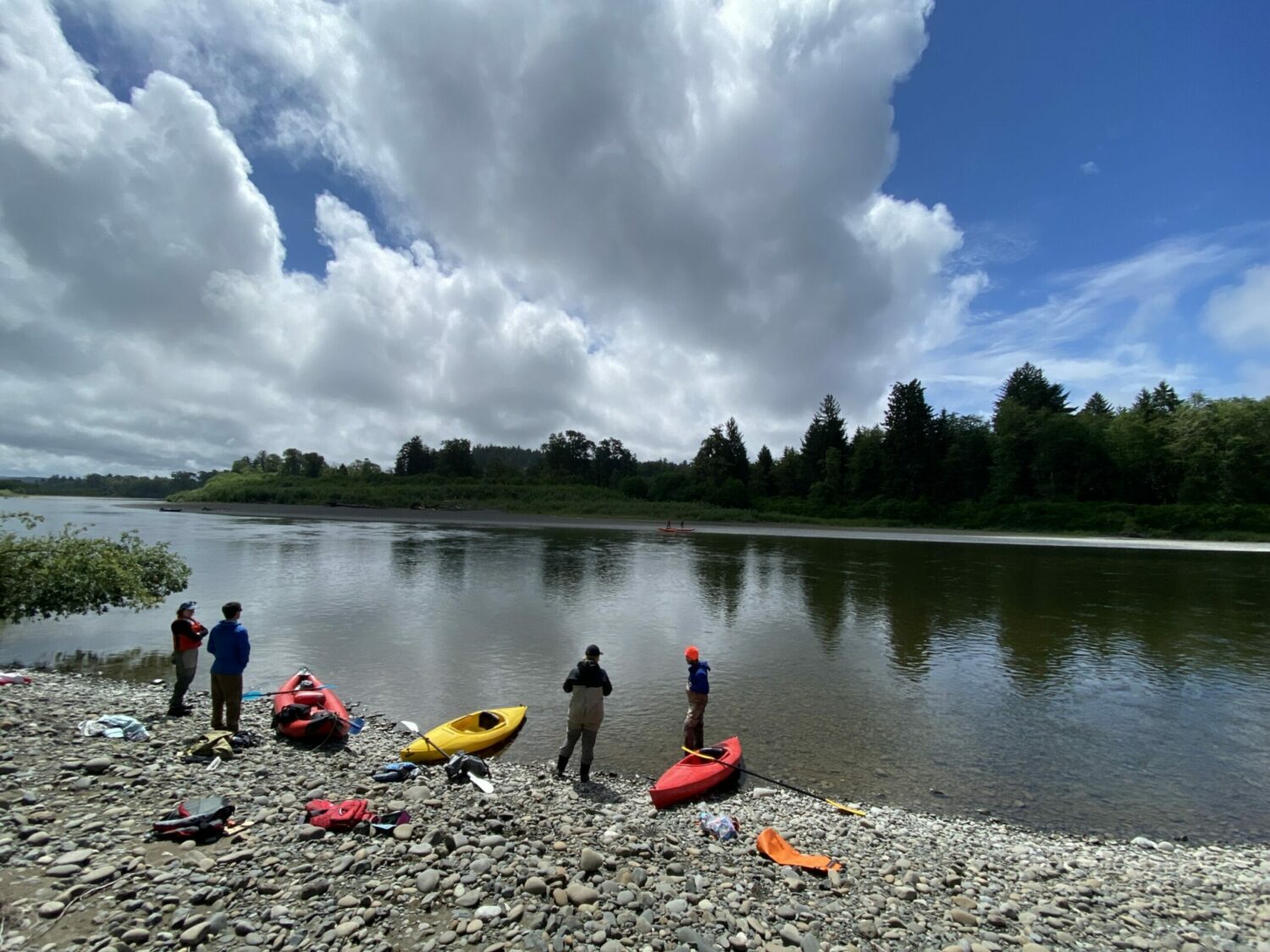
“There is definitely a lot of creativity involved,” Rasmussen explains. “In the Quillayute, we need to keep the sensors away from boats, fishing nets, fishers, and swimmers. We need to account for flows and tides, and different activities across seasons. And later, you have to be able to find your sensors and get them back intact.”
But longer-term thermal detective work can also help unlock high-tech resources. Rasmussen and her colleagues, for example, scored access to a rare extra data layer for the Quillayute drainage: an infrared map of surface water temperatures captured from a 2021 FLIR flight by the U.S. Geological Survey.
“The FLIR data lets you see where plumes of colder water reach the surface, and where things are heating up,” Rasmussen says. “We can compare the thermal map with our more recent temperature readings and have a really precise picture of where to focus.”
“There is definitely a lot of creativity involved. We need to account for flows and tides, and different activities across seasons. And later, you have to be able to find your sensors and get them back.”
WSC Fish Habitat Specialist Nicole Rasmussen
But this kind of high-tech thermal detective work is expensive. (WSC helped find funding for that 2021 flight). Across the Pacific Northwest, Tribes, conservation groups, watershed councils, and others often have limited access to such advanced assists. To get the river temperature data that we need, creativity remains key.
And for WSC’s local partners in Mongolia, the tools to do this kind of research get even more basic; literally packed in on our scientists’ backs.
COLD WATER CASE STUDIES
The rivers of Northern Mongolian are home to the largest salmonid of all: Siberian taimen.
The remoteness of Mongolia’s taimen rivers is partly why these populations have remained relatively strong, while increasingly imperiled elsewhere. But difficult access also creates challenges for conservation scientists looking to better understand taimen and their far-ranging freshwater travels.
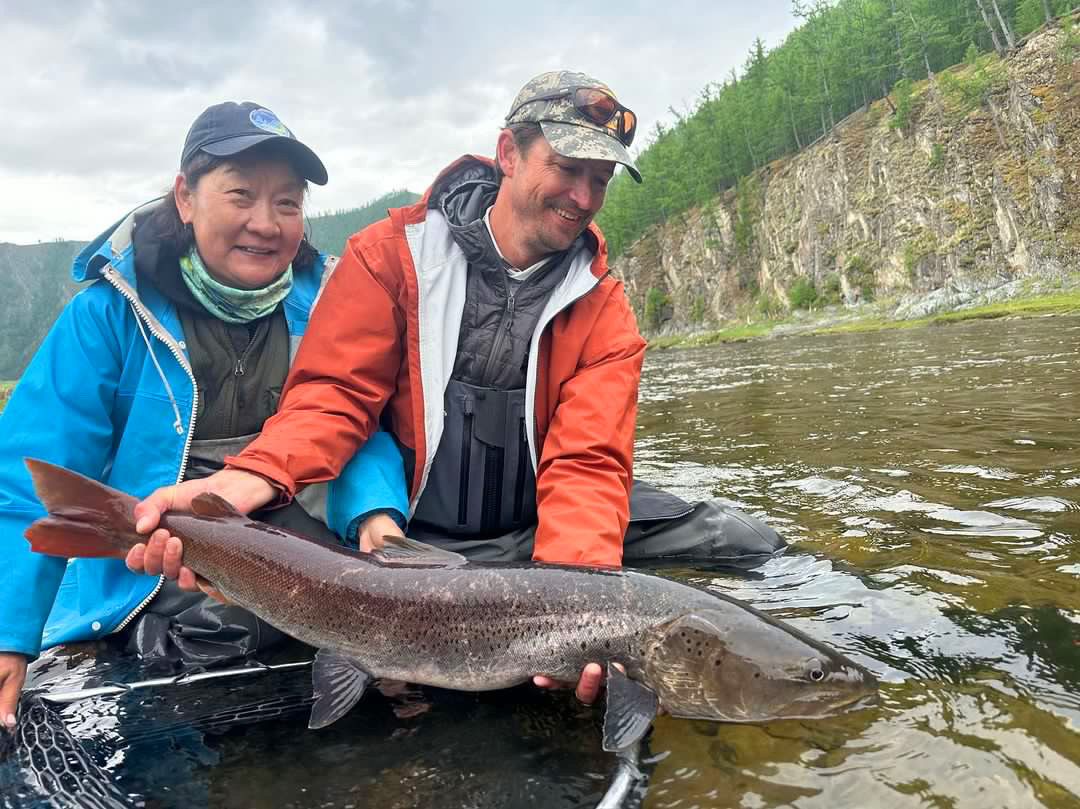
According to WSC Science Director Dr. Matt Sloat, river temperature monitoring is key to our efforts to build effective conservation strategies for taimen across their range—particularly in the mountains and steppes of Mongolia where air temperature warming rates are four times the northern hemisphere average.
“Taimen are massive cold water fish, and the world is warming fast around them,” Dr. Sloat says. “In Mongolia, taimen rivers are particularly at risk. We need to understand their sensitivity to climate change, and for that we need a more complete thermal picture across seasons.”
“Taimen are massive cold water fish, and the world is warming fast around them.”
WSC Science Director Dr. Matt Sloat
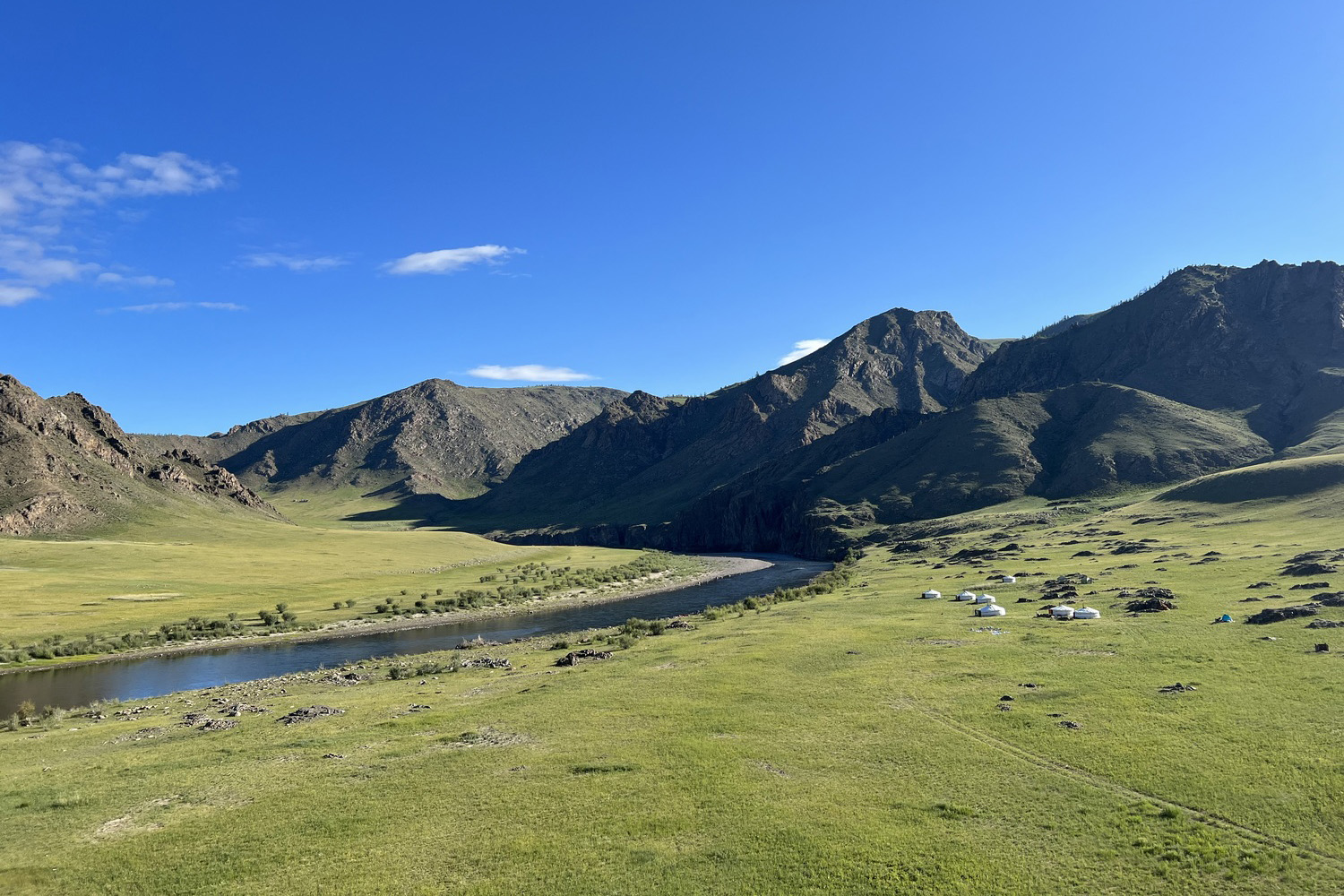
For the last two summers, Dr. Sloat and the WSC Science Team have trekked deep into these watersheds with core partner Mongolia River Outfitters to install and monitor year-round temperature sensors. The work is not unlike the Quillayute project—with a few twists. Where Rasmussen’s team anchored temperature sensors to large trees and trucked-in cinder blocks, Dr. Sloat and his colleagues must rely on more lightweight aids: what they can bring on in packs and rafts.
“There’s a lot of judgment involved in placing these sensors,” Dr. Sloat says. “Good notes, sketches, and photos are also key. Because later, we have to find that exact rock again, after ice, flooding, and the low flows of summer. It’s like an Easter egg hunt.”
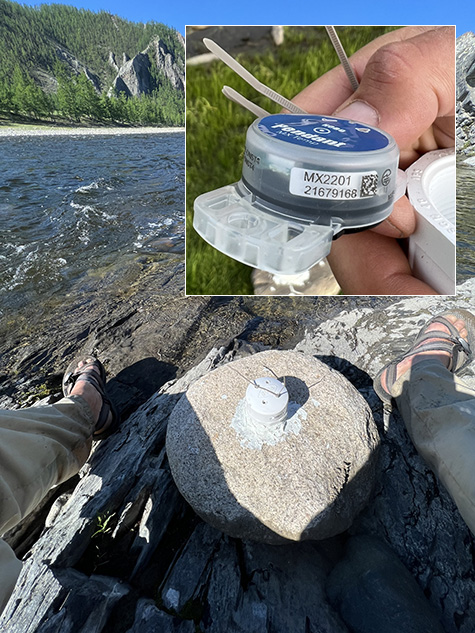
In these wide-open landscapes, the team uses what it can find to tether and suspend its sensors; some are attached to rock bundles in mesh nets, others are epoxied to boulders. However we can get this data, Dr. Sloat agrees with Curtis and Rasmussen that we have to keep it flowing.
His hope is that cold water detective work will empower conservationists to better understand the climate risks that salmon strongholds face across the North Pacific. Temperature data is not only essential information for salmon conservation, he says: it could also help us understand these keystone species in new and exciting ways.
“Salmon can successfully navigate a warming world through behavioral and physiological adjustments,” Dr. Sloat says. “Salmon are amazing and adaptable creatures. We can and should know more about what their lives are like. And temperature data gives us more tools to do exactly that.”
To all the nomads out there, nosing out cold water in home rivers and beyond: we see you. And with time, patience, and creativity, we hope to get to know you better.
“Salmon are amazing and adaptable creatures. We can and should know more about what their lives are like. And temperature data gives us more tools to do exactly that.”
WSC Science Director Dr. Matt Sloat
